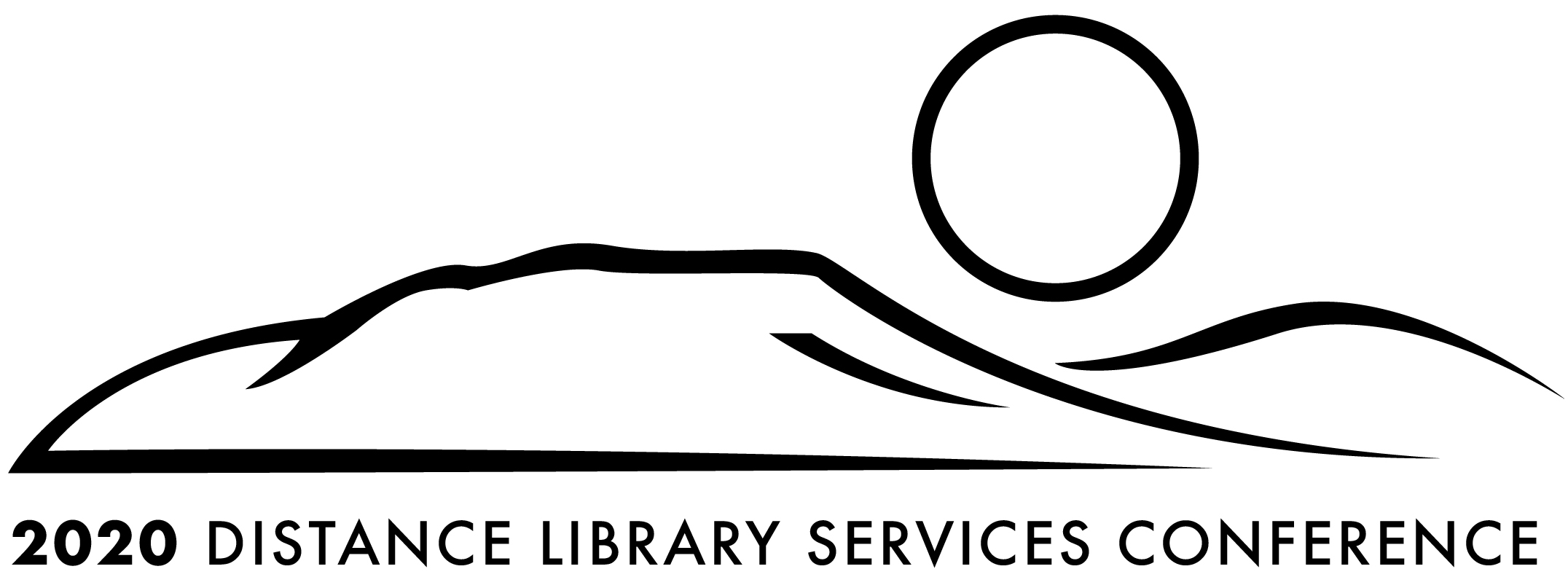2020 Hindsight: Thirty Years of Innovation in Rural Distance Library Service
Session Format
In-person Poster
Conference Tracks
Outreach, Services, and Programs
Short Description
Even today, West Virginia mountains pose travel challenges to its citizens seeking post-secondary educational opportunities. Established more than 60 years ago and coinciding with the launch of WV’s construction on its interstate highway system, a unique "college without walls" provided masters level distance education to students in a 16 county area of rural southern WV long before the advent of online delivery. This poster session chronicles the last thirty years of innovative methods used by the librarians at the WV Graduate College, now a Marshall University branch campus based in Charleston, for assisting distance students with research and document delivery.
Long Description
Prior to the late 1950s, the thriving "Chemical Valley" in the Charleston, WV area had no higher education institutions that provided graduate courses. In response to the need for area chemical engineers to have access to graduate degree programs, the state legislature mandated that, under the auspices of WVU, the Kanawha Valley Graduate Center be formed. From this limited beginning, the Center grew to become the state institution that offered graduate programs in engineering, education, psychology, business, social work, and humanities to working adults throughout southern WV. Without a campus to call home, the "Grad College" rented space from area 4 year institutions and shared library facilities. While the state’s highway system connecting each of the major cities in the state was finally completed in 1988, librarians still played a vital role in students' research as many rural students still drove two or more hours to attend classes and had no access to an academic library. Snail mail and a toll-free 800 line gave way to faxes and cd rom searches. Imagine conducting a research consultation via the US postal service or providing detailed reference services over the phone or even hauling a clunky desktop computer, CD-ROM tower, and dot matrix printer to a rural location to provide a detailed instruction session. The librarians were always on the forefront of innovation in providing comprehensive service to distance students. When the institution merged with Marshall University in the late 1990s, online learning was in its infancy but this delivery method fit perfectly with graduate college's mission. Today's methods might have changed dramatically (and for the better), but embedded librarians provide the same high-quality service their counterparts did decades earlier. To appreciate fully our charge as distance librarians, it is helpful to know how we overcame challenges in the not-so-distant past.
Learning Objectives
After engaging with our poster session, attendees will be able to:
- describe early methods of providing end-user library services;
- identify pre-internet-based research resources;
- compare and contrast past information support methods with those used in a modern library; and
- analyze which methods are most appropriate to support the research and curriculum needs of today’s library user.
2020 Hindsight: Thirty Years of Innovation in Rural Distance Library Service
Prior to the late 1950s, the thriving "Chemical Valley" in the Charleston, WV area had no higher education institutions that provided graduate courses. In response to the need for area chemical engineers to have access to graduate degree programs, the state legislature mandated that, under the auspices of WVU, the Kanawha Valley Graduate Center be formed. From this limited beginning, the Center grew to become the state institution that offered graduate programs in engineering, education, psychology, business, social work, and humanities to working adults throughout southern WV. Without a campus to call home, the "Grad College" rented space from area 4 year institutions and shared library facilities. While the state’s highway system connecting each of the major cities in the state was finally completed in 1988, librarians still played a vital role in students' research as many rural students still drove two or more hours to attend classes and had no access to an academic library. Snail mail and a toll-free 800 line gave way to faxes and cd rom searches. Imagine conducting a research consultation via the US postal service or providing detailed reference services over the phone or even hauling a clunky desktop computer, CD-ROM tower, and dot matrix printer to a rural location to provide a detailed instruction session. The librarians were always on the forefront of innovation in providing comprehensive service to distance students. When the institution merged with Marshall University in the late 1990s, online learning was in its infancy but this delivery method fit perfectly with graduate college's mission. Today's methods might have changed dramatically (and for the better), but embedded librarians provide the same high-quality service their counterparts did decades earlier. To appreciate fully our charge as distance librarians, it is helpful to know how we overcame challenges in the not-so-distant past.

